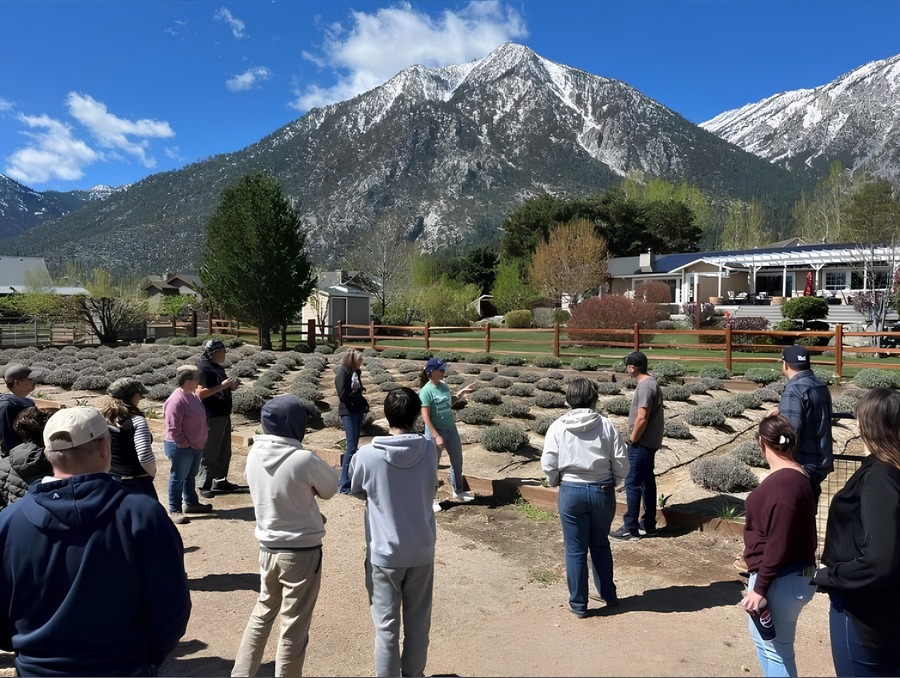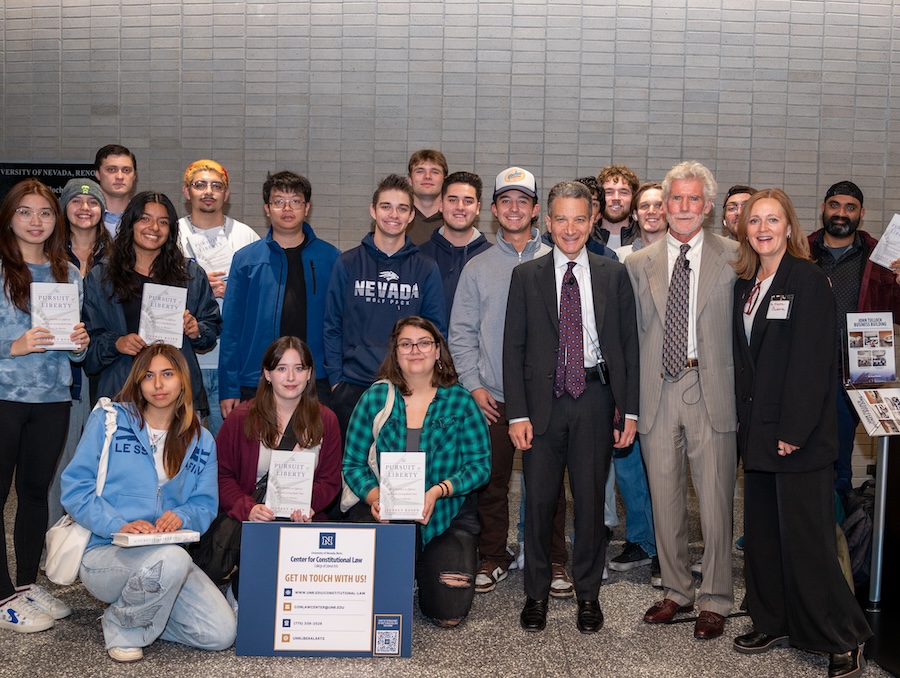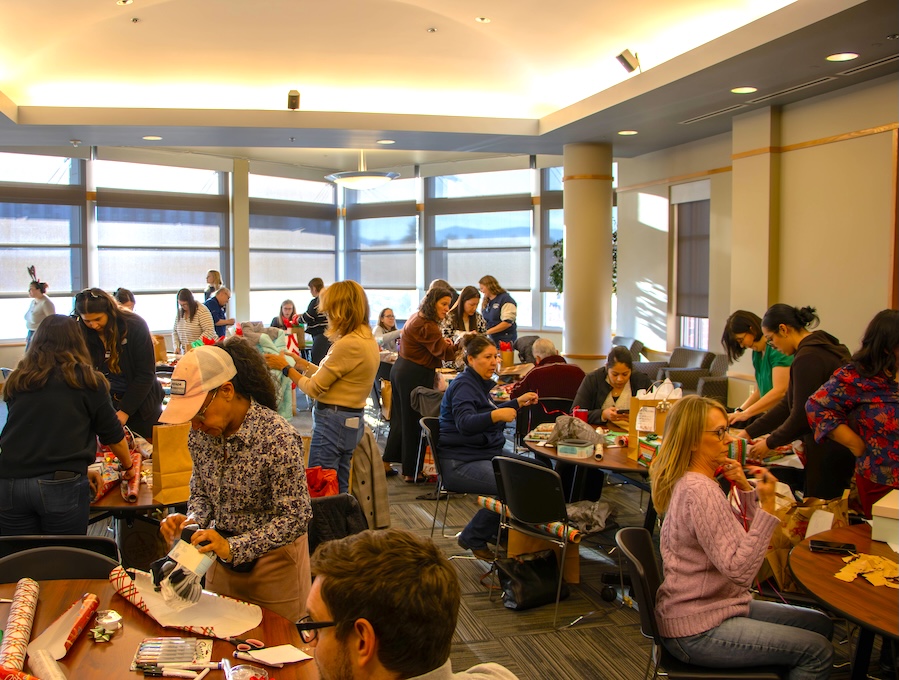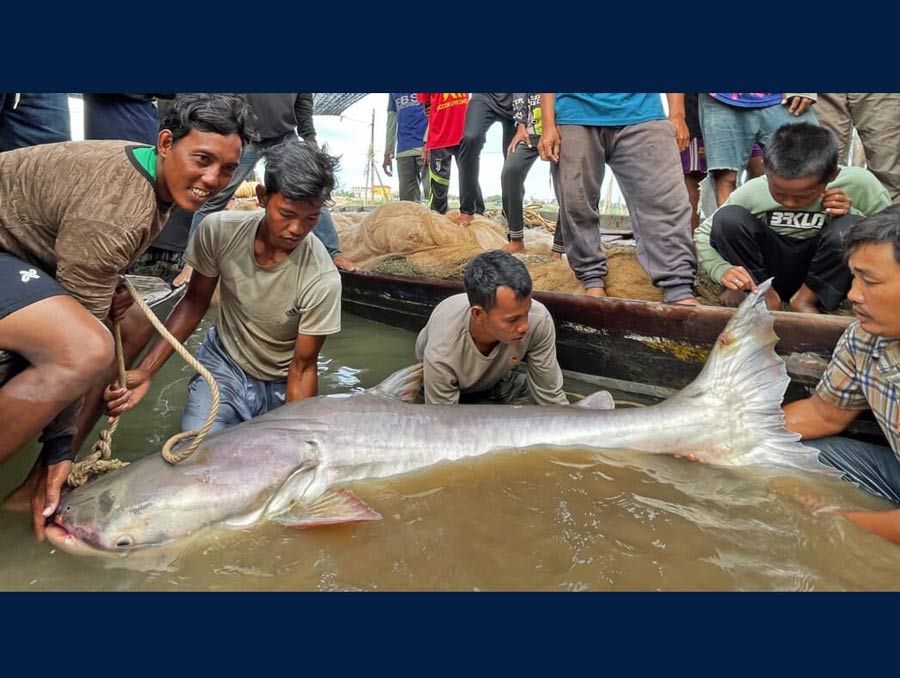
Find more answers here!
April is Sexual Assault Awareness Month (SAAM), which started in 2001 and was adopted nationally in 2009. SAAM was intended to increase understanding of sexual assault in an attempt to reduce the risk of future assaults. Sexual assault is the act of someone touching or forcing someone to touch themselves in a sexual manner without consent. Twenty-four years after the national adoption of SAAM, sexual assault is still greatly misunderstood, and college students are at the highest risk. College-age, female-identifying women ages 18-22 are three times more likely to be sexually assaulted (Rape, Abuse, & Incest National Network, n.d). One critical component of SAAM is dispelling myths about sexual assault.
It is the way they dressed. MYTH
“What was she wearing?” This harmful question is often asked when somebody reports a sexual assault or an attempted sexual assault. The outfit the victim wears is in no way correlated with being sexually assaulted; in fact, the perpetrator is often someone who is known to the victim, so the clothing they are wearing is irrelevant.
It is what they said. MYTH
“But what did you say to provoke them?” Let’s be clear. A victim could say anything, in any tone, and it would never justify being sexually assaulted. Victims are often left to feel as if they are being questioned for their words and actions over that of perpetrators.
It is about power and control. FACT
Sexual assault is about power and control. According to Smeaton et al. (2024), “Sexual aggression is motivated by the perpetrator’s culturally influenced desire for power and control over the victim.” Often, the victim knows their perpetrator.
Here are a few tips for keeping yourself safe:
- Travel in groups. There is power in numbers.
- Be aware of the safety hubs on campus (and in your surroundings).
- Tell your safety circle your plans and location, including ride shares.
- Use apps with safety features that will send out your location in case of an emergency.
- If something feels off, trust your instincts.
- Don’t forget, consent is the sexiest thing that can be given!
About the authors
Pamela Payne, Ph.D., CFLE, is an associate professor in the College of Education & Human Development and with Extension, as part of the College of Agriculture, Biotechnology & Natural Resources. She is the lead on a $1 million grant for the Extension Hope for Family Resilience program, which provides in-depth education on domestic violence advocacy and training for professionals working with domestic violence. She also is the president-elect of the National Council on Family Relations’ Board of Directors.
Elizabeth Ornelas is the Lead Coordinator for the Hope for Family Resilience and Healthy Living Sustainable Recovery Programs with Extension part of the College of Agriculture, Biotechnology & Natural Resources. She also teaches the 40-hour Hope Advocacy Training to better serve and assist domestic violence victims and survivors.
RAINN. (n.d.). Rape, abuse & incest national network.
Smeaton, G., Anderson, P. B., & Struckman-Johnson, C. (2025). Proximal Motives of Sexual.
Arousal, Power, and Relationship for Sexual Aggression: Supporting the Millennial Shift. The Journal of Sex Research, 62(2), 232–244.















